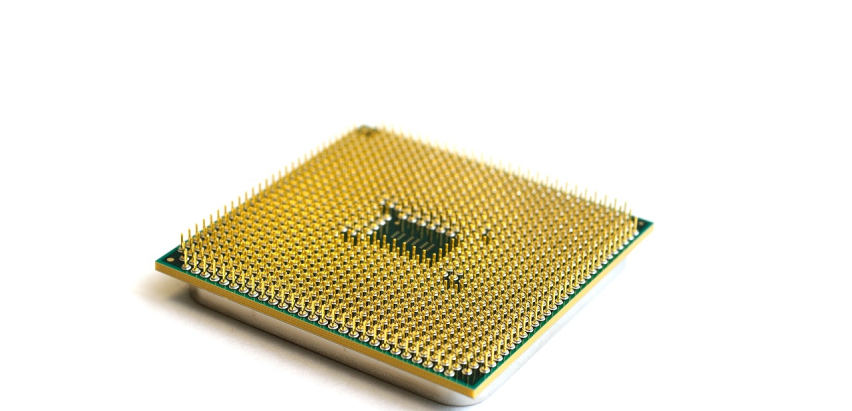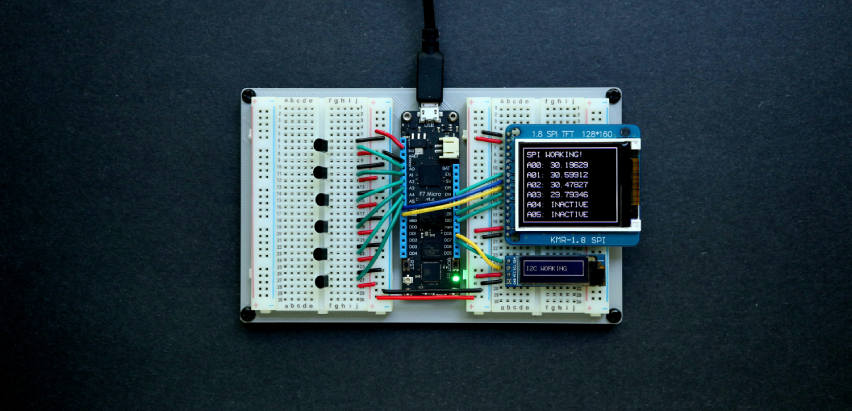
Our Community Commitment Includes Establishing A Flagship Initiative
Useful Links
Follow us
©aquilabusinesssolutions 2025 | All Rights Reserved | Designed by Mercury Softech




Our Community Commitment Includes Establishing A Flagship Initiative
©aquilabusinesssolutions 2025 | All Rights Reserved | Designed by Mercury Softech